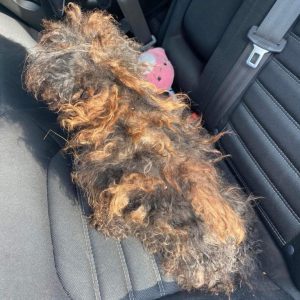The first time I noticed it, a strange neon-orange blotch had appeared on my favorite grey towel. No matter how many times I washed it, the stain wouldn’t fade—and soon, more towels were marked with similar patches. It felt like a “pumpkin spice poltergeist” was haunting my laundry. Eventually, I discovered the culprit: benzoyl peroxide in acne products. Unlike a typical stain, it doesn’t just discolor fabric—it chemically bleaches the dye, leaving behind permanent orange or yellow patches wherever skin or hands make contact.
Other causes can leave similar marks. Rust or iron in water, common in well water, can leave tiny rusty freckles on towels. A rust-removing laundry additive can help prevent this. Hair products and self-tanners can also transfer pigments when wet hair or skin touches fabric. Even cleaning products containing bleach—hidden in sprays or wipes—can leave spots if you touch towels after using them.
Prevention is the best defense. Use white towels for face care, as bleach stains won’t be noticeable. Let skincare products dry completely before touching towels, and consider using filtered water or a rust remover if your water has high iron content. Keep old towels for messy tasks like drying hair or wiping down surfaces to spare your nicer linens.
Unfortunately, benzoyl peroxide and bleach damage is permanent—once the dye is gone, the only fixes are re-dyeing the fabric, bleaching the entire towel to match, or repurposing it as a rag. Rust stains, however, can sometimes be removed with the right treatment. Telling the difference between chemical bleaching (large, irregular patches) and mineral stains (small, dotted marks) can help identify the cause and prevent future damage, keeping your towels fresh for longer.






